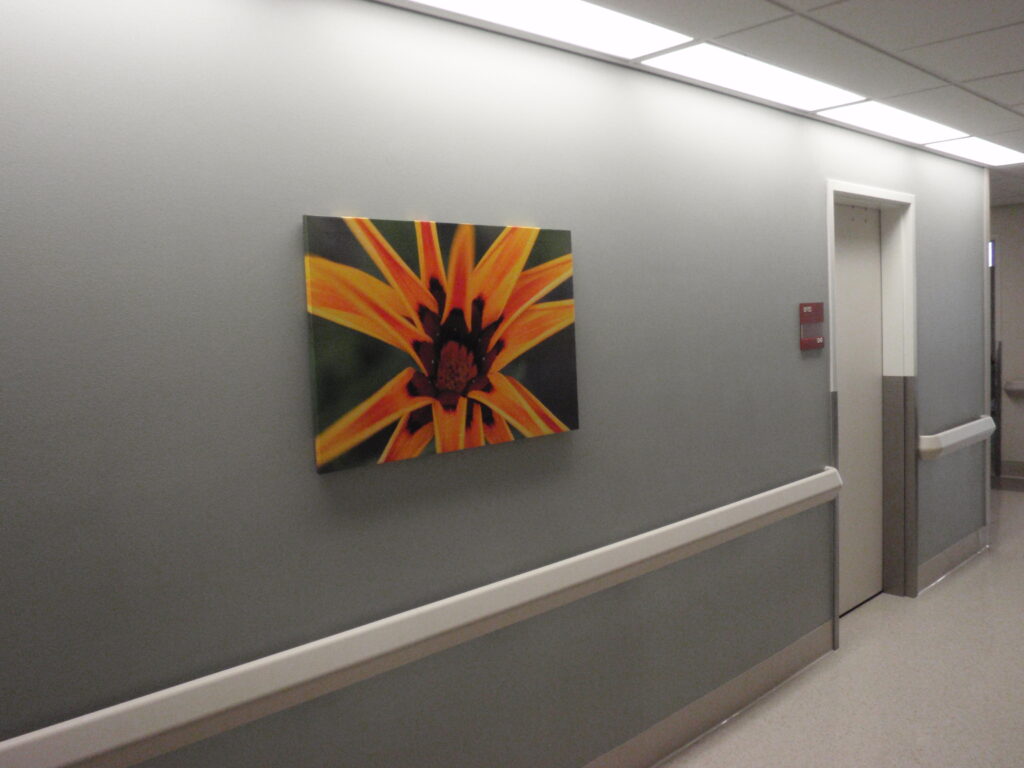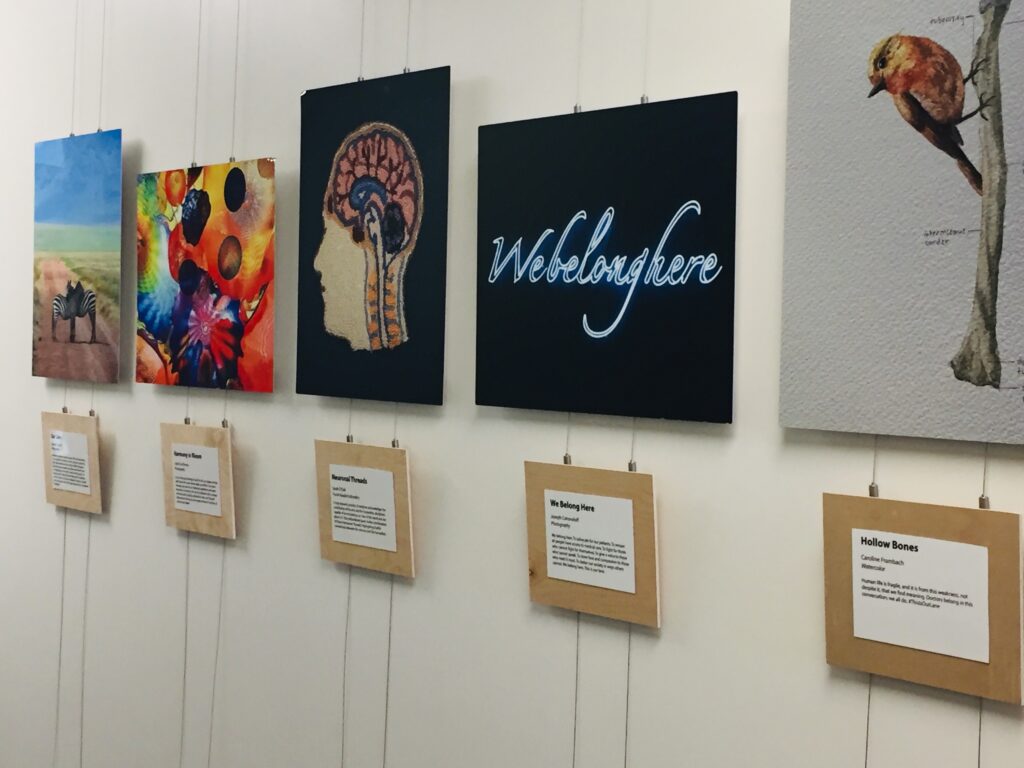Poetry of Hope & Healing
5th Annual Poetry Symposium of Hope and Healing

4th Annual Poetry Symposium of Hope and Healing
3rd Annual Poetry Symposium of Hope and Healing
This event showcases the value of reflecting on experiences of illness and healing through writing.
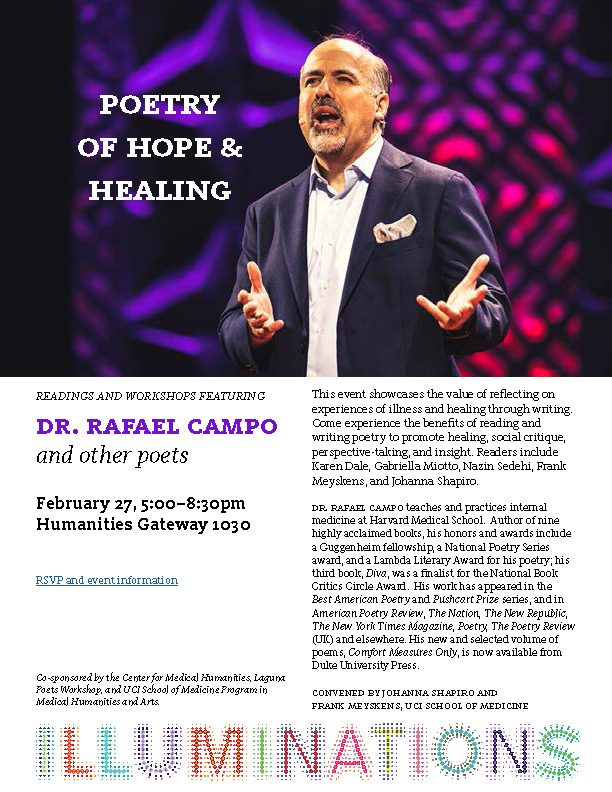
Poetry of Hope and Healing Symposium 2019
Presenters are healthcare professionals and patients, most of whom are published poets, all of whom recognize the healing power of poetry.
UCI First Annual Symposium on Healing and Hope Feb 2018.
http://medicalhumanities.uci.edu/event/first-annual-symposium-healing-hope/
Purpose: To showcase how poetry can serve as a healing art for healthcare professionals and patients
Speakers: Presenters will be healthcare professionals and patients, most of whom are published poets, all of whom recognize the healing power of poetry.

UCI-SOM Medical Humanities Symposium: “medical humanities symposium, titled “Growing Into the White Coat: Humanities and Arts-Based Skills to Enhance the Medical Student Experience.” Jan 2017
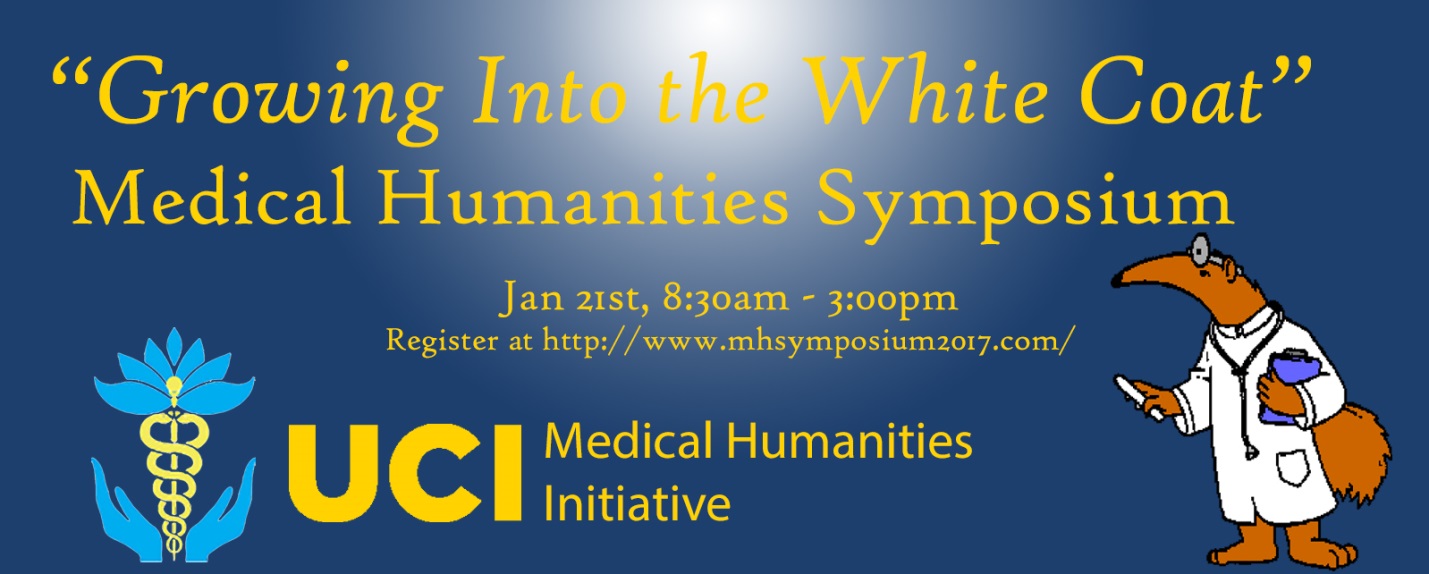
The goal of this symposium is to show medical students (and residents) the potential of the humanities and arts to develop critical thinking, empathic perspective-taking, and applied clinical skills, such as listening, seeing, acting, and reflecting. The focus is on the medical student experience, although the workshops will offer value to residents as well.
Rather than a series of lectures, we have organized interactive, experiential, skill-building workshops accommodating a relatively small number of participants with an emphasis on the applied, clinical, and practical aspects of humanities and arts. Since participants will only be able to attend 3 of the 12 workshops, we will foster continuity by having two student-led debriefing sessions in which workshop participants share their experiences with the group as a whole.
MEDICAL HUMANITIES SYMPOSIUM – FOUR TRACKS
| TRACK ONE | TRACK TWO | TRACK THREE | TRACK FOUR |
| Reflective writing (writing) Goldberry Long, PhD, Maegen Dupper, MD |
Arts in clinic (art/poetry) Tan Nguyen MD |
Graphic medicine (art/narrative) Robert Kaplan, MD |
Theater exercises (performance) Maegen Dupper, MD |
| Movement/dance (wellness/performance) Gabriella Miotto, MD |
History of Medicine (history of medicine) Douglas Merrill, MD |
Bioethics (bioethics) Valeri Briggs, MDiv |
Mind-Body practices (wellness) David Kilgore, MD |
| Arts of Medicine (art) Joel Shallit MD |
Self-Compassion (wellness/narrative) Monisha Vasa, MD |
Comedy and Death (performance) Joseph Nguyen, STD, M Div |
Medical Student Poetry (narrative/writing) Johanna Shapiro, Ph.D. |
Medical Humanities Symposium 2017
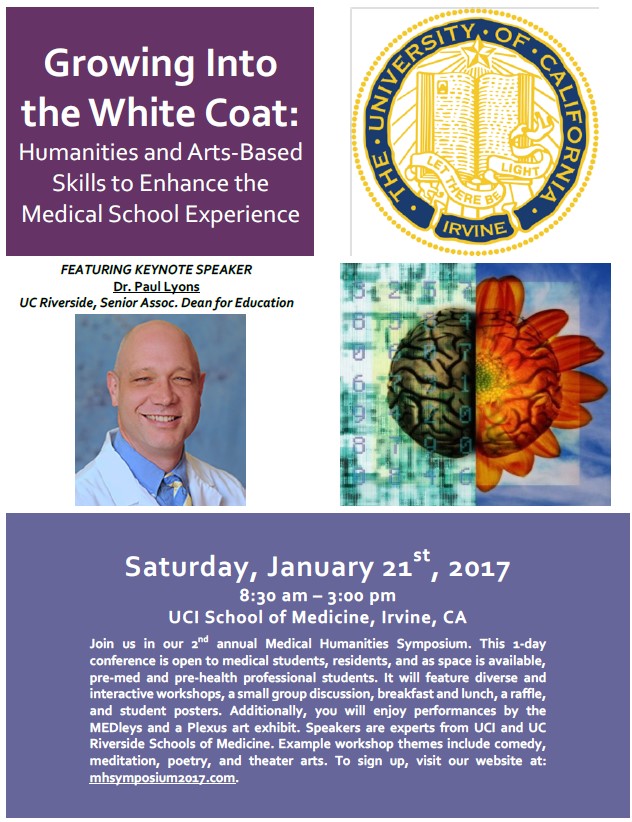
Posters
Medical Humanities Symposium 2017
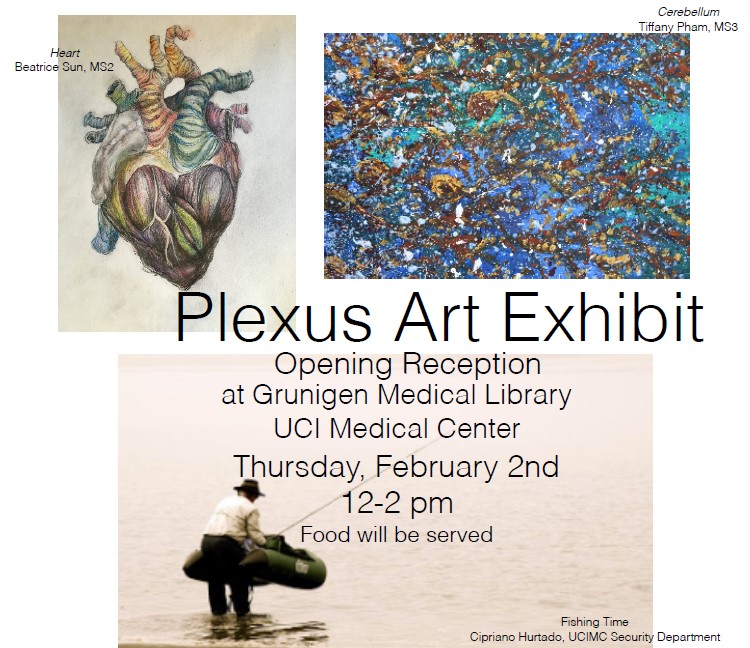
Medical Student Art Exhibits 2016-current
The Office of Student Affairs, initially under the leadership of Dr. Marianne Ross, organizes the occasional exhibit of medical student art. This program became a student-initiated activity under the leadership of Richelle Homo and Thalia Nguyen.
UCI-SOM Medical Humanities Symposium: “The Art of Medicine – Skills Humanities and Arts Can Contribute to the Education of Future Physicians” Jan 2015
https://artofmedicineuci.wordpress.com/author/artofmedicineuci/
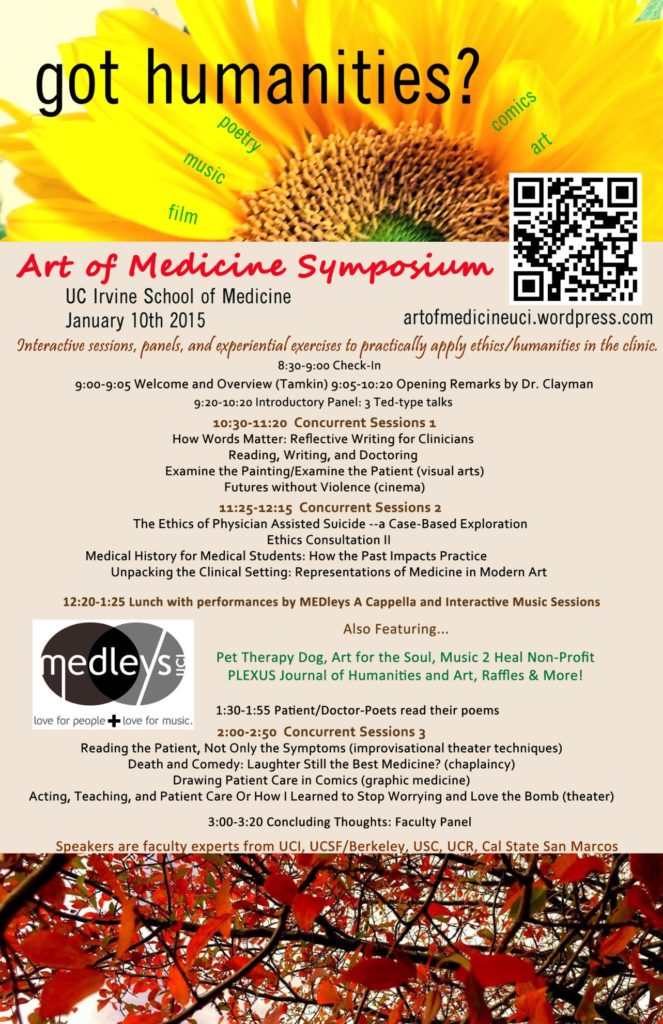
Purpose
To empower attendees to develop/expand their critical thinking, empathic perspective-taking, ethics, and applied clinical skills through listening, seeing, acting, and reflection.
Method
Short, interactive sessions in combination with panels, experiential exercises and skill-building with an emphasis on applied, clinical, and practical ethics/humanities all led by faculty experts from UCI, UCSF/Berkeley, USC, UCR, Cal State San Marcos.
Sessions Include:
- Death and Comedy: Is Laughter Still the Best Medicine?
- Acting, Teaching, and Patient Care
- The History of Medicine: How the Past Impacts Practice
- Drawing Patient Care in Comics
- Futures without Violence: Using Popular Media to Teach Violence Prevention
- Unpacking the Clinical Setting: Representations of Medicine in Modern Art
- Examine the Painting/Examine the Patient
- Reading, Writing, and Doctoring
- How Words Matter: Reflective Writing for Medical Students
Additional Material:
School of Arts Lecture Series for Medical Students 2013-14
Faculty from the UCI School of the Arts present brown-bag talks on their visual or performing arts specialty and speculate about its connections with medicine and clinical practice.
Amnesia and Memory: The Intersection of Performative Aesthetics and Neuroscience. We will be screening H.M., a film based on the true story of an anonymous, memory-impaired man, the famous amnesiac known in scientific literature only as “Patient H.M.”
“Perception: Seeing What We See”
“Kinetic Art: Moving from the Mechanical to the Intelligent Response”
“Frames of Reference”
The Language of the Enigmatic Object: Modern Art at the Border of Mind and Brain. 2013
Jonathan Fineberg, Ph.D., Gutgsell Professor of Art History Emeritus, University of Illinois at Urbana-Champaign and adjunct curator of the Parrish Museum in Southampton, New York, presents a series of 4 lectures that examine how the language of visual thinking works in relation to psychodynamics of the unconscious, politics, and the structure and evolution of the brain.
Plexus at the Bowers Jan 2013.
Student editors presented the philosophy, art, and impact of Plexus on their views of doctoring at an event at the Bowers Museum open to the community.
Night at the Museum Feb 2013.
James Swinden, president of the Irvine Art Museum, hosted a group of 15 UCI-SOM students on a tour of the museum exhibit. Dr. Joel Shallit presented a session on visual thinking strategies with special emphasis on implications for patient care.
Creative Writing and Medicine Dec 2013.
Kelli Auerbach, MFA, instructor at CalArts, presented a lecture to the literature and medicine elective students.
Guest doctoral student Oct-Dec 2011.
Martina de Teodoro, a doctoral student from the University of Bologna, spent 2 ½ months at UCI-SOM conducting dissertation research on the effect on students of the Program in Medical Humanities & Arts.
Medicine in Translation, June, 2011.
Danielle Ofri, M.D., internist, nationally recognized speaker, and editor of the Bellevue Literary Review presented Medicine Grand Rounds and conducted a faculty development session for Geriatrics on translational aspects of medicine across language and culture.
Music heals. February, 2010.
Blayne Marleaux, a local classic rock and blues guitarist and songwriter, spoke to the second year elective class “The Arts and Medicine” about how his experience with head-and-neck cancer has informed his music.
The Anatomy of Art. February, 2010.
Carol Goldmark, a well-known local artist whose work explores life and death through botanical imagery, spoke to the second year elective class “The Arts and Medicine,” about how a life-threatening motor vehicle accident came to inform her painting and drawing, as she incorporated her own anatomical structures and x-rays into her floral compositions.
Cultural Competence: Poetry and the Importance of Voice in the Illness Experience
Lecture by Rafael Campo, M.A., M.D., D.Litt, Jan 2010
The earliest of civilizations, from many Native American cultures to the ancient Greeks, recognized an inextricable interrelationship between poetry and healing. Surely, the best poems we have today demand that we listen not just with our ears, but with our whole hearts. This lecture will investigate the link between creative self-expression and healing, and will contrast a “biocultural” narrative of illness with the restrictive biomedical apparatus encountered in American health care today. Hear how poetry joins us empathetically, through its sound and structure as much as through its insistent invitation to share in diverse human experiences, and learn how it may not only help to heal medicine, but also to restore our careworn souls.
Medical Student Photographic Art Installation, UC Irvine Medical Center, 2009
With funding from the Arnold P. Gold Foundation, and as a result of the dedicated leadership of Christina Umber MSIV, a permanent exhibit of medical student photographs was installed in the UC Irvine Medical Center, with the intention of lifting the spirits and inspiring both patients and staff.
Training the Medical Gaze: Uses Of The Arts In Medical Education Jan 2003
Medicine and art have always had important things to teach each other. Artists such as Leonardo da Vinci dissected cadavers to understand the human body, while medical texts long relied on skilled illustrations to represent their science. But in the twenty-first century, with all the sophisticated technological tools available to physicians for discovering pathology and diagnosing disease, does art still have anything valuable to teach medicine?
Deep Canyon: One Woman’s Experience with Ovarian Cancer June, 2002
Annan Paterson, Thursday, June 6, 2002
A solo performance that explores the journey of a young wife, mother, and career woman who receives the unexpected and terrifying diagnosis of cancer.
Anatomy Of Anatomy: In Images and Words Jan 2002
A Photographic Exploration Of Issues Confronting First Year Medical Students During Their Rite Of Passage: The Gross Anatomy Course
Living in the Bonus Round Oct 2001
Written and Performed by Steve Schalchlin
In a one-hour program of story and song, lauded by the New York Times, People Magazine and Entertainment Weekly, Steve Schalchlin presents a positive and uplifting profile of one life with HIV.
Tamkin Medical Education Symposium Feb 2001: The Role of Medical Humanities In Medical Education
…there is renewed interest among medical educators for pedagogical methods to help both experienced physicians and physicians-in-training maintain personal humanity and professional commitment. One important methodological approach to these challenges that is attracting increasing interest is in the field of medical humanities, including the integration of literature and the arts into medical education activities.
Healing through Humanities (HtH)
HtH is an undergraduate UCI club founded in 2012. The organization is devoted to exploring the intersection of the health professions and the humanities. Members include both pre-medical and pre-health professional majors as well as medical humanities minors and humanities majors. Activities include monthly meetings to discuss poetry, art, and personal narratives relevant to health and illness. The club identifies and completes one major community engagement project each year. In 2019, students implemented Humans of Santa Ana, a photojournalism project highlighting the healthcare experiences and needs of Santa Ana, California. During the COVID-19 pandemic, students launched a food drive for the SA community, and supported each other through smaller art projects such as the Handprint project and the Balloon art project designed to promote student wellbeing. They also conducted a virtual project, Intergenerational Narratives, collecting stories from hospice patients and retirement community residents. In 2022, the club completed a photonarrative project documenting A Day in the Life of Family Doctors.
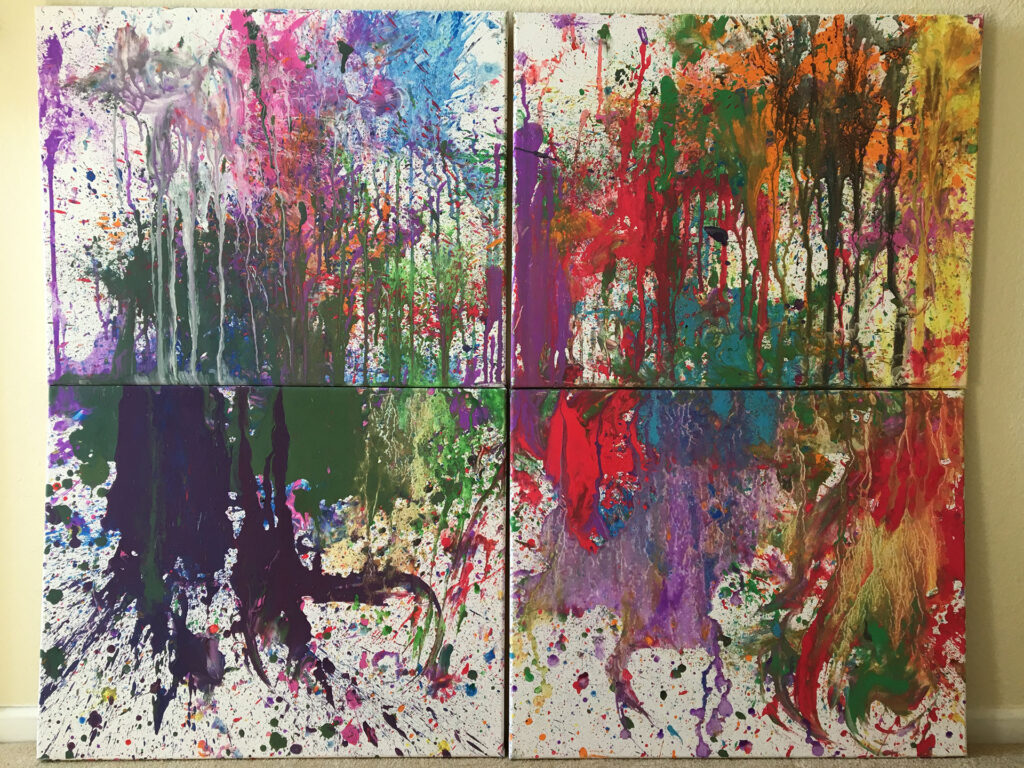
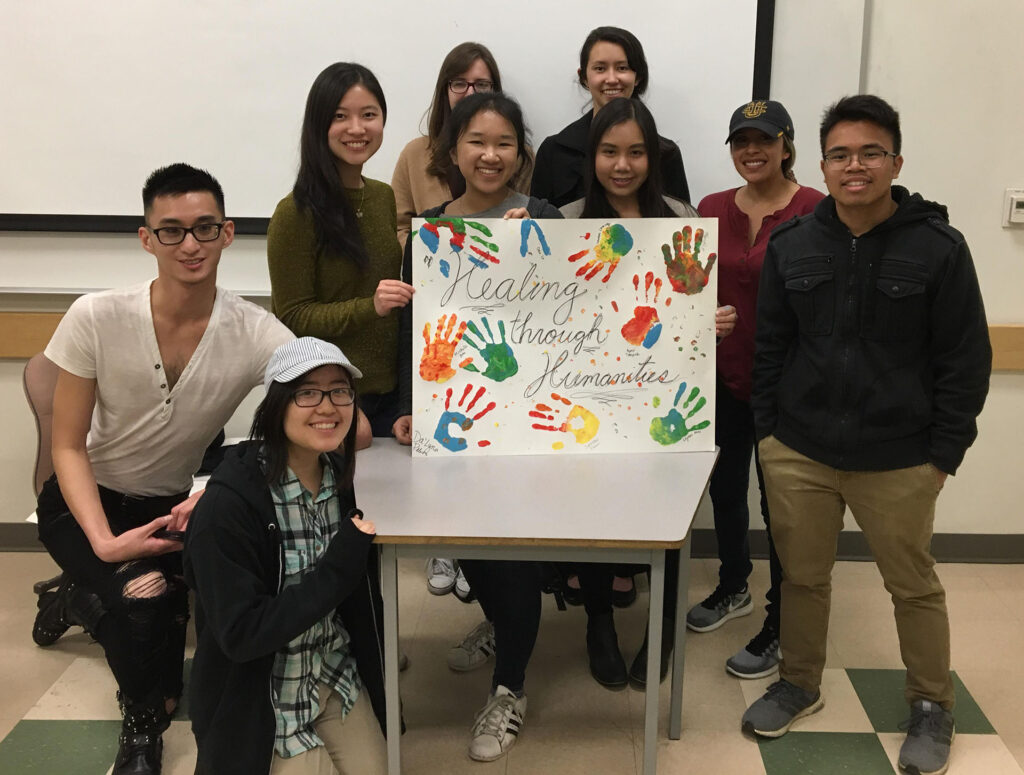
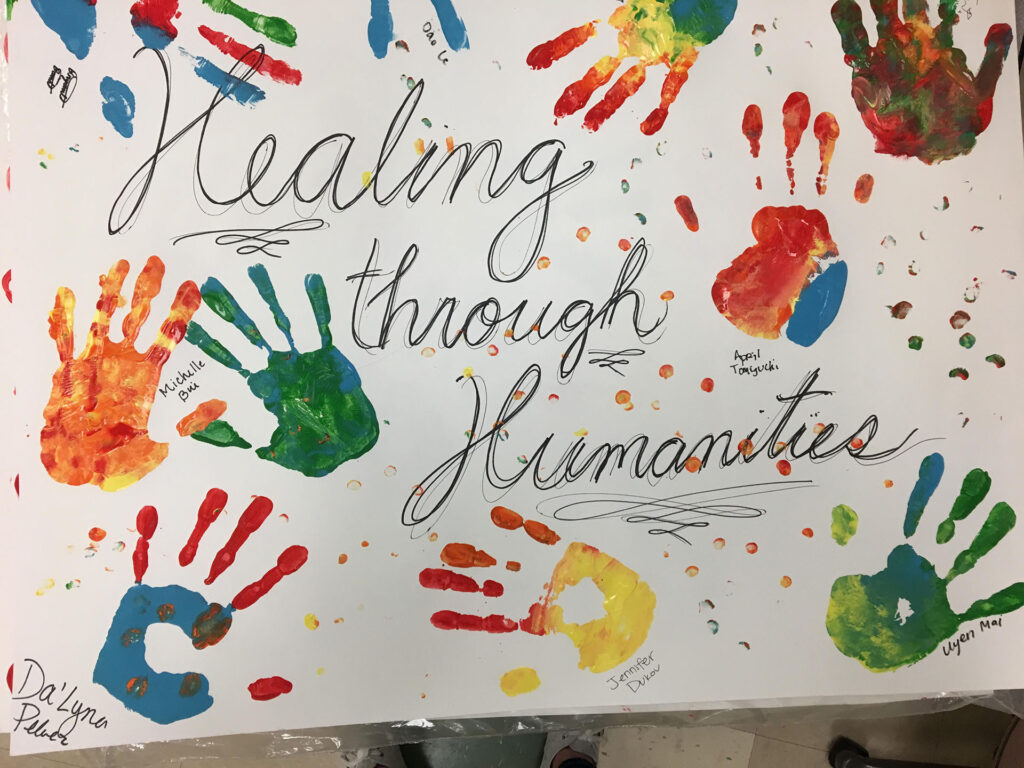
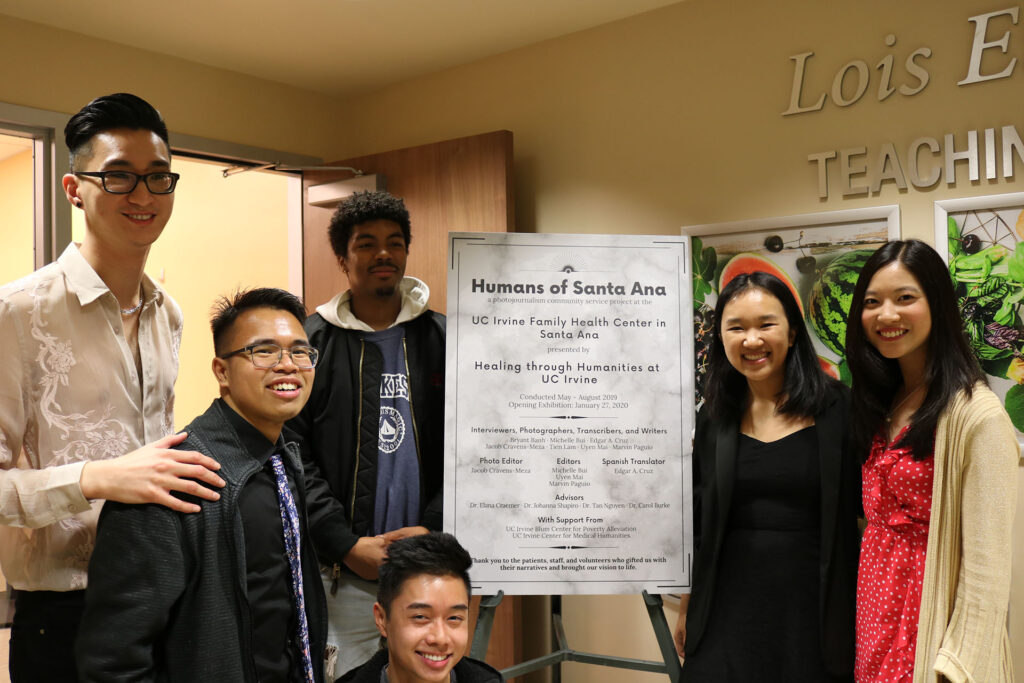
Photography and Medicine
Eric Hegedus, MS I, November, 2001
“Art has been a part of my life, in some form or another, for as long as I can remember. My creative expression manifests itself in the form of photography. ”
Hospital Art
What kinds of art belongs on hospital walls? Sure, reproductions of Monet’s Lilies or loans from wealthy community members’ private collection, but what about art (and photographs and poetry and collages) by patients, community artists, medical students, doctors, nurses. staff that touch on their experiences with medicine? We might have a corridor or wing that exhibits student poetry about their relationships with patients, or patient self-portraits depicting their struggles with cancer. It might be a bit riskier than Monet, but it might also be a way to humanize the hospital. Basically, this raises the issue of whether hospital art should be “fine art” or populist/democratic. This approach suggests how art can be used to engage the broader community, especially community artists.
Hospitals could also sponsor musical performances, performances by mimes, clowns, poetry readings, special exhibitions of patient and student; sculptures could also be placed on hospital grounds; could sponsor friendly art competitions
Artist in residence – could follow team on rounds and make sketches; dancers, performers could do the same as basis for later performance to be presented to hospital staff, public
Different themes – Week in the Life of the Hospital; Experiences of Cancer Patients;
Criteria: inspiring, not saccharine, thoughtful but not depressing; have to consider harm to submitters if their work was rejected
Work could be on a rotating basis
